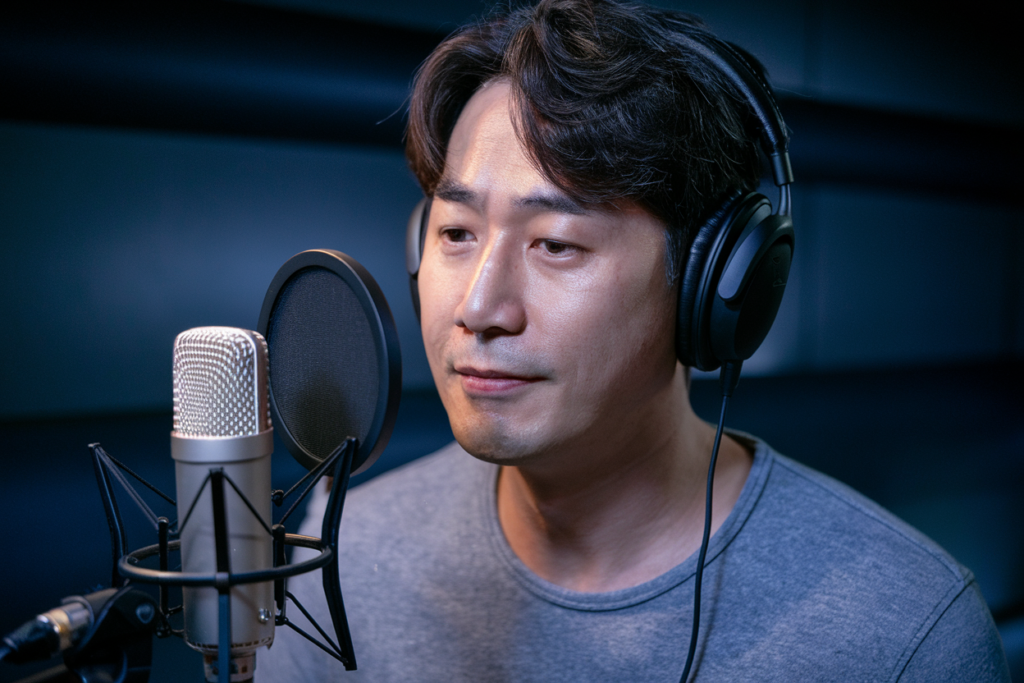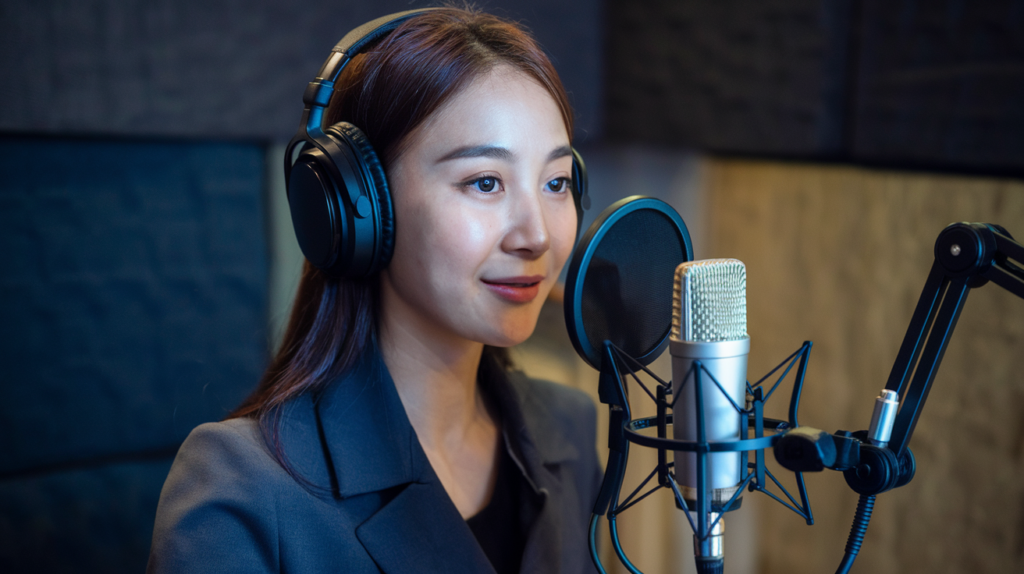Key Takeaways
- Distinctive Features: Busan dialect, or “Busan satoori,” is characterized by unique phonetics, vocabulary, and grammar that differentiate it from standard Korean.
- Pronunciation Variations: The dialect features softer consonants and altered vowel sounds, creating a distinct auditory experience that can be challenging for outsiders.
- Unique Vocabulary: Busan residents use specific terms and phrases, such as “이제 뭐하노?” (What are you doing now?), which reflect the region’s cultural identity and casual communication style.
- Grammar Differences: Informal sentence structures and verb conjugations in the Busan dialect contribute to its friendly tone but may confuse speakers accustomed to standard grammatical forms.
- Cultural Significance: The dialect plays a crucial role in shaping community ties and local identity, preserving cultural traditions while fostering connections among residents.
- Enhancing Understanding: Engaging with the Busan dialect offers valuable insights into the city’s history and culture, enriching interactions with locals and deepening appreciation for their way of life.
Ever wondered why Busan dialect sounds so different from standard Korean? You’re not alone. Many people find the unique nuances of Busan’s speech both fascinating and challenging to understand. This vibrant coastal city boasts its own distinct way of communicating, shaped by history and culture.
Overview of Busan Dialect
Busan dialect, known as “Busan satoori,” showcases distinctive features that set it apart from standard Korean. This regional variation reflects the cultural heritage of Busan and its historical interactions with other regions.
Phonetics play a significant role in how Busan dialect differs. Pronunciation shifts often result in softer consonants, creating a unique sound profile. For instance, the final consonants may be pronounced less sharply compared to their standard counterparts.
Vocabulary also diverges markedly. Certain terms used in Busan might confuse speakers accustomed to standard Korean. Words like “gae” for dog and “jip” for house frequently appear in everyday conversation, adding local flavor.
Grammar structures show variations too. For example, the use of informal endings is more prevalent in casual speech within Busan. These differences contribute to a sense of identity among locals while presenting challenges for outsiders trying to understand the dialect.
In conversational settings, you might notice distinct expressions or phrases exclusive to Busan residents. This uniqueness enhances communication but can pose comprehension hurdles for those unfamiliar with local lingo.
Overall, engaging with the Busan dialect offers insight into the city’s rich history and vibrant culture, making it an essential aspect of understanding this dynamic region of South Korea.
Key Differences in Pronunciation
Busan dialect features distinct pronunciation traits that set it apart from standard Korean. Understanding these differences enhances communication and appreciation of the local culture.
Vowel Sounds
Busan dialect showcases notable variations in vowel sounds compared to standard Korean. For instance, the vowel “ㅡ” often transforms into a sound closer to “e,” making words sound softer. Additionally, diphthongs, or combined vowel sounds, frequently appear in Busan speech, adding a melodic quality. This variation can confuse speakers of standard Korean who aren’t accustomed to these shifts.
Consonant Changes
Consonants also undergo changes in Busan dialect. Certain consonants are pronounced more softly, creating a less harsh tone than their standard counterparts. For example, the final consonant “ㄹ” (r/l) tends to be softened or elided altogether at times. This softening contributes to the unique rhythm and flow of Busan’s speech patterns, establishing an identity that resonates with locals but may challenge outsiders trying to understand conversations fully.
Engaging with these pronunciation differences gives you greater insight into the vibrancy of Busan’s linguistic landscape and enriches your interactions with residents.
Unique Vocabulary in Busan Dialect
Busan dialect features a distinctive vocabulary that sets it apart from standard Korean. Locals use unique terms and expressions that reflect the region’s culture and identity.
Common Phrases
In the Busan dialect, common phrases often diverge from standard Korean. For instance, “이제 뭐하노?” means “What are you doing now?” This phrase showcases a more relaxed and informal tone typical of local speech. Another example is “어디 가노?” which translates to “Where are you going?” These phrases emphasize Busan’s casual communication style, making conversations feel warm and friendly.
Regional Slang
Regional slang plays a significant role in the Busan dialect. Words like “싸가지” (meaning rude or ill-mannered) illustrate how locals express their feelings about behavior succinctly. Additionally, “엄마” refers to not just one’s mother but can also mean “mommy,” showcasing affection in various contexts. Such slang enriches interactions among residents while posing comprehension challenges for outsiders unfamiliar with these terms.
Understanding this unique vocabulary enhances your grasp of local culture and fosters better connections when conversing with Busan residents.
Grammar Distinctions
The Busan dialect exhibits unique grammatical variations compared to standard Korean. These distinctions contribute to the local identity and communication style.
Sentence Structure
Sentence structure in the Busan dialect often favors a more relaxed approach. You might notice shorter, less formal sentences that reflect casual conversation. For instance, where standard Korean may use more complex forms, locals prefer simplicity. This tendency makes communication feel friendly and approachable but can confuse those accustomed to the formality of standard Korean.
Verb Conjugations
Verb conjugations in Busan dialect show significant differences from standard forms. Locals frequently employ informal endings like “-아” or “-어,” even in contexts where standard Korean would require formal structures. This practice not only conveys familiarity but also fosters a sense of community among speakers. Understanding these nuances enhances your ability to communicate effectively with residents and appreciate their unique linguistic heritage.
Cultural Significance of the Dialect
The Busan dialect, or “Busan satoori,” holds deep cultural importance for residents. You’ll find that language shapes identity and community ties, making this dialect a vital part of daily life in Busan. As locals communicate with unique phrases and expressions, they reinforce their connection to the region’s rich heritage.
You might notice that certain terms reflect local customs and values. For instance, phrases like “이제 뭐하노?” (What are you doing now?) embody the friendly and casual nature of interactions among residents. This informal approach emphasizes warmth and familiarity, creating an inviting atmosphere for both locals and visitors.
The distinct vocabulary also plays a role in preserving cultural traditions. Many local words carry historical significance or reference specific regional practices. Understanding these terms offers insight into Busan’s lifestyle, enhancing your appreciation for its vibrant culture.
Moreover, the variations in pronunciation contribute to a sense of belonging among speakers. When you hear softer consonants and melodic vowel sounds unique to Busan speech, it evokes pride among locals who recognize their voice as part of their shared identity.
In addition to being a means of communication, the Busan dialect serves as an expression of regional pride. Locals often embrace their linguistic uniqueness while showcasing it to outsiders. By engaging with this distinctive way of speaking, you foster deeper connections with residents and gain invaluable perspectives on their life experiences.
Overall, recognizing the cultural significance behind the Busan dialect enriches your understanding of the city itself. It highlights how language can unite people through shared experiences while reflecting the fascinating tapestry that makes up Busan’s social fabric.
Conclusion
Embracing the Busan dialect offers a unique window into the city’s culture and history. Its distinctive phonetic variations vocabulary and relaxed grammatical structures not only enhance local communication but also foster a sense of community among residents. By understanding these nuances you’ll find deeper connections with Busan’s vibrant identity.
Navigating the intricacies of Busan satoori may seem challenging at first but it’s well worth the effort. Engaging with locals in their native tongue enriches your experience and showcases the warmth that defines this coastal city. So whether you’re visiting or looking to connect more deeply take the time to appreciate how language shapes relationships in Busan.
Frequently Asked Questions
What is the Busan dialect?
The Busan dialect, known as “Busan satoori,” is a regional variation of Korean spoken in Busan. It features unique phonetic, vocabulary, and grammatical characteristics that distinguish it from standard Korean.
How does the pronunciation differ in the Busan dialect?
Pronunciation in the Busan dialect includes softer consonants and notable vowel changes, such as transforming “ㅡ” into a softer “e.” These variations contribute to a melodic quality in speech.
What are some common phrases in the Busan dialect?
Common phrases include “이제 뭐하노?” (What are you doing now?) and “어디 가노?” (Where are you going?). These expressions reflect the friendly tone typical of local communication.
Why is vocabulary important in understanding Busan satoori?
Vocabulary differences, like using “gae” for dog and “jip” for house, highlight cultural nuances. Understanding these terms enhances comprehension and fosters better connections with locals.
How do grammatical structures vary in the Busan dialect?
Grammatical structures often favor informal endings like “-아” or “-어,” even when formality is expected. This relaxed approach creates a sense of familiarity among speakers.
What cultural significance does the Busan dialect hold?
The dialect strengthens community ties and reflects local customs. Unique expressions preserve cultural traditions while fostering pride among residents about their linguistic heritage.







